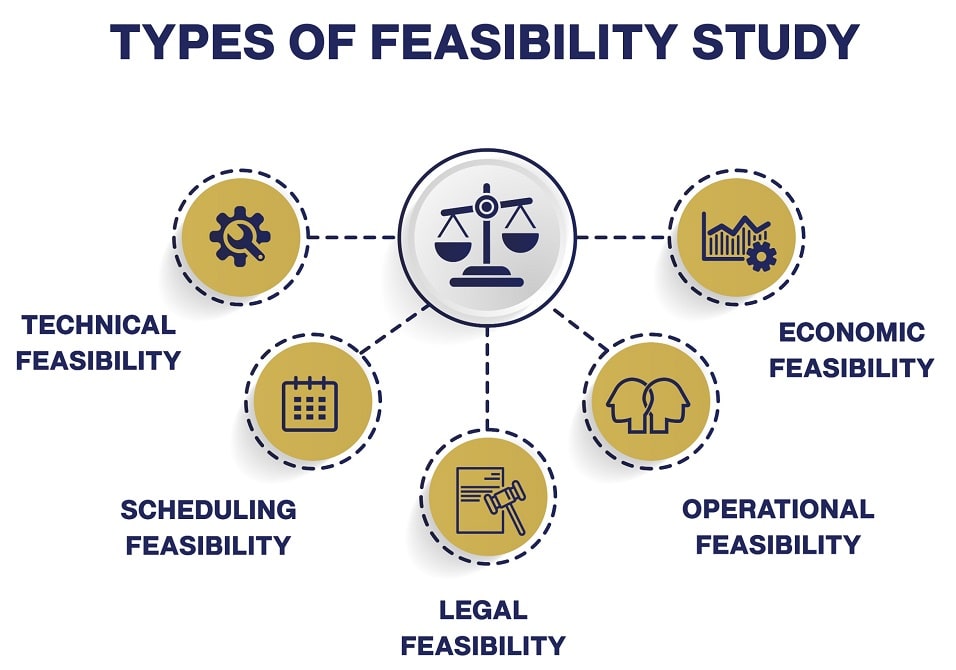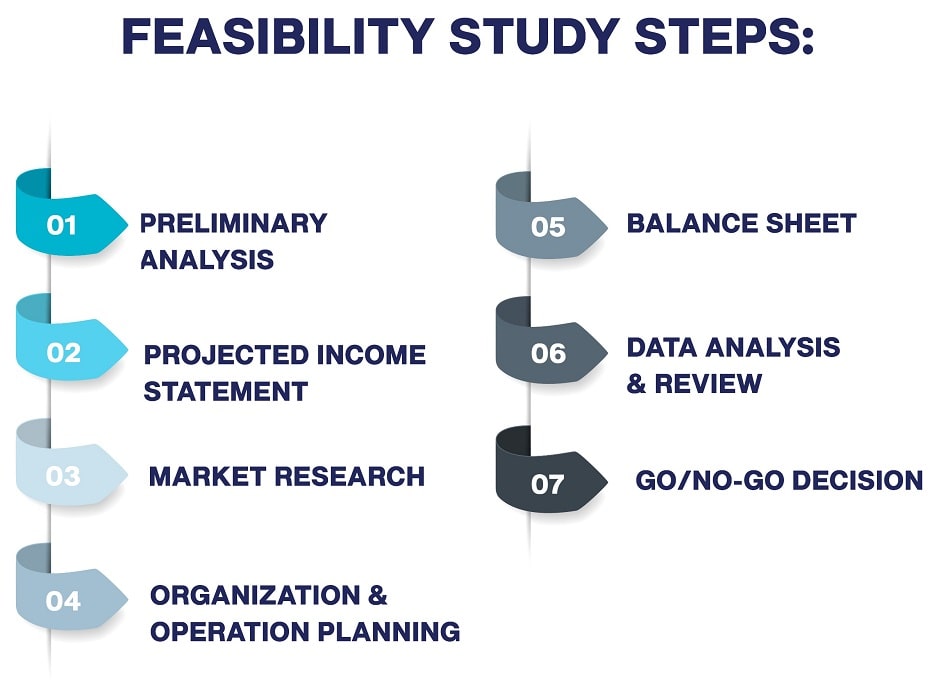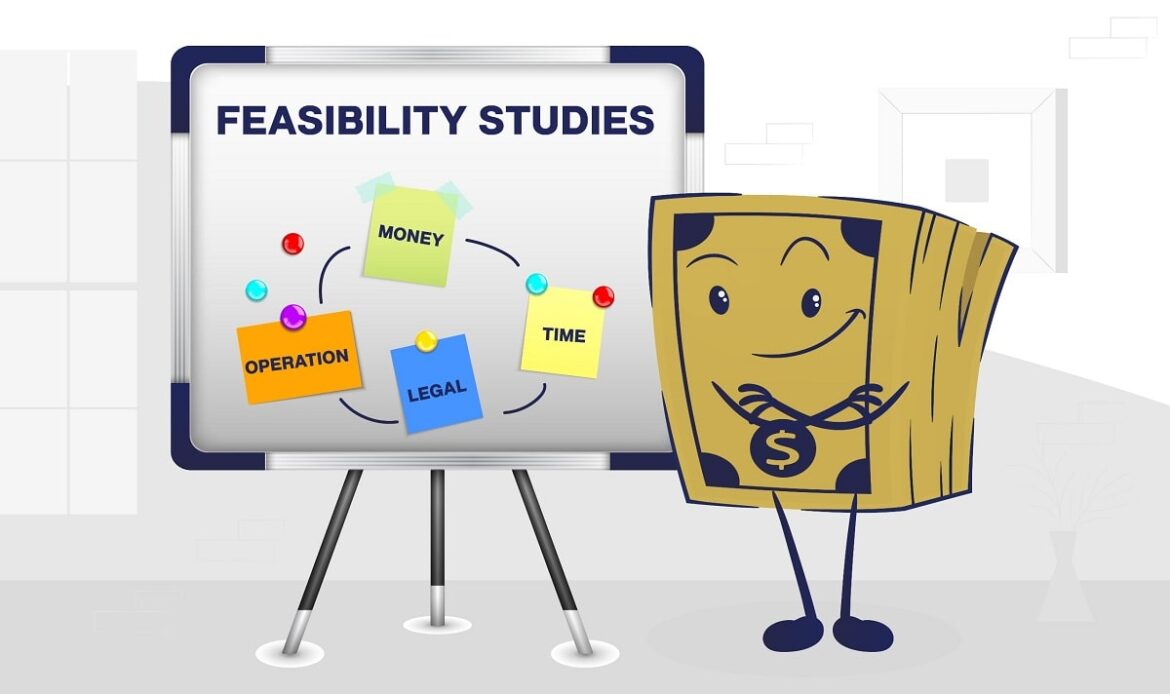There are many hoops to jump through in the corporate world to launch a new project. And one of the most important things is conducting feasibility studies. But what exactly is a feasibility study? Why is it so important to do this before diving into a new project? And most importantly, how can you conduct an effective feasibility study? Well, we’re gonna answer all these questions and more today! So, let’s jump right in, shall we?
What Is a Feasibility Study?
To put it simply, a feasibility study is an assessment of how doable a project is for a company. It analyzes different parameters like how cost-effective it is and how beneficial it is to the company. Feasibility studies take multiple factors into consideration to decide how feasible the proposed project is. From checking whether the company has the necessary resources to finding potential problems that can arise, these studies cover all the bases in detail.
Types of Feasibility Studies

Technical Feasibility
This type of study takes into consideration all the hardware and software needed for the project. It checks whether the company has these resources, and whether these resources, if available, can serve their purpose in this project.
Schedule Feasibility
When people say time is money, this type of study agrees with them. New projects always have multiple teams working simultaneously for their success. And when all hands are on deck, time is of essence. So, schedule feasibility estimates and sets deadlines for everyone involved that they must adhere to. This ensures that everything goes smoothly and in a timely manner.
Economic Feasibility
This study is all about what to expect from this project on a financial level. On one hand it estimates how much the project will cost, aka the expenses. And on the other hand, it projects how much money this project will generate, aka the revenues. In addition to that, economic feasibility studies take into account accidental expenses. This means that it accounts for unforeseen financial challenges that might arise.
Legal Feasibility
No matter the project, it should abide by the laws and regulations of the area it will operate in. For example, there are zoning laws, social media laws, data protection laws, and many others. So every part of the project should follow the rules that concern them to make sure that everything is squeaky clean and smooth.
Operational Feasibility
Last but not least, operational feasibility is all about how well the project will mesh with the current operations in the company. It assesses how a new project will affect the use of current resources and the pre-existing processes. Moreover, it analyzes how recipients and current customers will receive the new project. So it’s basically about the impact that it will have on everything besides money (because the economic study already did that!)
The Steps You Should Follow

1- Preliminary Analysis
So the first step is actually before feasibility studies even start. The preliminary analysis is what you use to decide whether a study is even needed or not. In this step, outline your project, what purpose it serves, what market gap it will fill, etc… This includes having the proper documents. And if any of one of the feasibility factors (money, time, resources…) don’t make the cut, the project will probably get scrapped.
2- Projected Income Statement
In this step, it’s all money talk. When you begin this step you should make a list of the projected income. This includes calculating the expenses and revenues. That’s how you find out whether this project will be worth the investment or not. Moreover, this is where the talk about funding the project starts.
3- Market Research
Does the market need this project? How many competitors will you have? How much income can you realistically expect from the market you wanna break into? This is where all this data becomes relevant, and it’s a very crucial step. In fact, it’s so important that some companies opt to hire outside firms (like Noraal) to conduct the study.
4- Organization & Operation Planning
In this step, we get into the nitty gritty details of the operational requirements of the project. This is where you break down how you will meet the standards of different factors be it financial, operational, or legal. It’s very important that the plan is thorough and dives deep into the details. Otherwise it will be just another idea.
5- Balance Sheet
An opening day balance sheet, to be exact. This is where you put down all the assets that you’re starting with, as well as the liabilities. Assets like the available cash, land, funding, and liabilities like leasing, rent, etc… should all go into this balance sheet. And then, you start updating that sheet as you go.
6- Data Analysis & Review
After collecting all the data you need (thanks to the previous steps), it’s time to review everything. This is where you analyze the project thoroughly and make sure that nothing needs to be changed. Moreover, this is where the risk assessment comes in. And based on all this data, you can make recommendations.
7- Go/No-Go Decision
Finally, after knowing all the pros and cons of this project thanks to the feasibility study, it’s time to make a decision. After you consider the risk vs. reward factor, you can make a choice on whether to proceed with the project or scrap it. But regardless of the outcome, you know that the feasibility study did its work!
